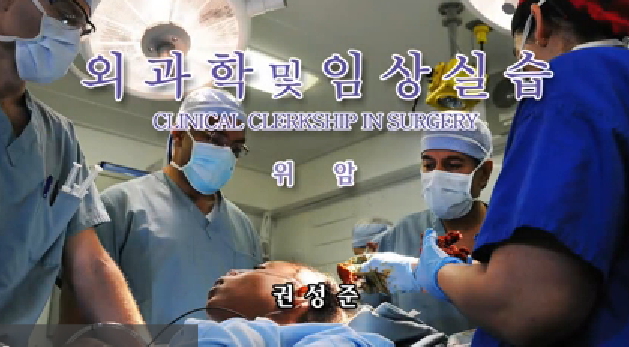The aim of this paper was to propose a new method of bimaxillary orthognathic surgery planning and model surgery based on the concept of 6 degrees of freedom (DOF). A 22-year-old man with Class III malocclusion was referred to our clinic with complain...
http://chineseinput.net/에서 pinyin(병음)방식으로 중국어를 변환할 수 있습니다.
변환된 중국어를 복사하여 사용하시면 됩니다.
- 中文 을 입력하시려면 zhongwen을 입력하시고 space를누르시면됩니다.
- 北京 을 입력하시려면 beijing을 입력하시고 space를 누르시면 됩니다.



New bimaxillary orthognathic surgery planning and model surgery based on the concept of six degrees of freedom
한글로보기https://www.riss.kr/link?id=A99685448
- 저자
- 발행기관
- 학술지명
- 권호사항
-
발행연도
2013
-
작성언어
English
- 주제어
-
등재정보
SCOPUS,SCIE,KCI등재
-
자료형태
학술저널
- 발행기관 URL
-
수록면
42-52(11쪽)
-
비고
학회 요청에 의해 무료로 제공
- 제공처
-
0
상세조회 -
0
다운로드
부가정보
다국어 초록 (Multilingual Abstract)
The aim of this paper was to propose a new method of bimaxillary orthognathic surgery planning and model surgery based on the concept of 6 degrees of freedom (DOF). A 22-year-old man with Class III malocclusion was referred to our clinic with complaints of facial deformity and chewing difficulty. To correct a prognathic mandible, facial asymmetry, flat occlusal plane angle, labioversion of the maxillary central incisors, and concavity of the facial profile, bimaxillary orthognathic surgery was planned. After preoperative orthodontic treatment, surgical planning based on the concept of 6 DOF was performed on a surgical treatment objective drawing, and a Jeon’s model surgery chart (JMSC) was prepared. Model surgery was performed with Jeon’s orthognathic surgery simulator (JOSS) using the JMSC, and an interim wafer was fabricated. Le Fort I osteotomy, bilateral sagittal split ramus osteotomy, and malar augmentation were performed. The patient received lateral cephalometric and posteroanterior cephalometric analysis in postretention for 1 year. The follow-up results were determined to be satisfactory, and skeletal relapse did not occur after 1.5 years of surgery. When maxillary and mandibular models are considered as rigid bodies, and their state of motion is described in a quantitative manner based on 6 DOF, sharing of exact information on locational movement in 3-dimensional space is possible. The use of JMSC and JOSS will actualize accurate communication and performance of model surgery among clinicians based on objective measurements.
목차 (Table of Contents)
- INTRODUCTION
- DIAGNOSIS AND ETIOLOGY
- TREATMENT OBJECTIVES
- TREATMENT ALTERNATIVES
- TREATMENT PROGRESS
- INTRODUCTION
- DIAGNOSIS AND ETIOLOGY
- TREATMENT OBJECTIVES
- TREATMENT ALTERNATIVES
- TREATMENT PROGRESS
- RESULTS
- DISCUSSION
- CONCLUSION
- REFERENCES
동일학술지(권/호) 다른 논문
-
Torque control during lingual anterior retraction without posterior appliances
- 대한치과교정학회
- Sung-Seo Mo
- 2013
- SCOPUS,SCIE,KCI등재
-
- 대한치과교정학회
- Kyung Eun Suk
- 2013
- SCOPUS,SCIE,KCI등재
-
- 대한치과교정학회
- Sun-Youn Park
- 2013
- SCOPUS,SCIE,KCI등재
-
Fluoride penetration from three orthodontic adhesives
- 대한치과교정학회
- Leopold Wagner
- 2013
- SCOPUS,SCIE,KCI등재




 스콜라
스콜라






